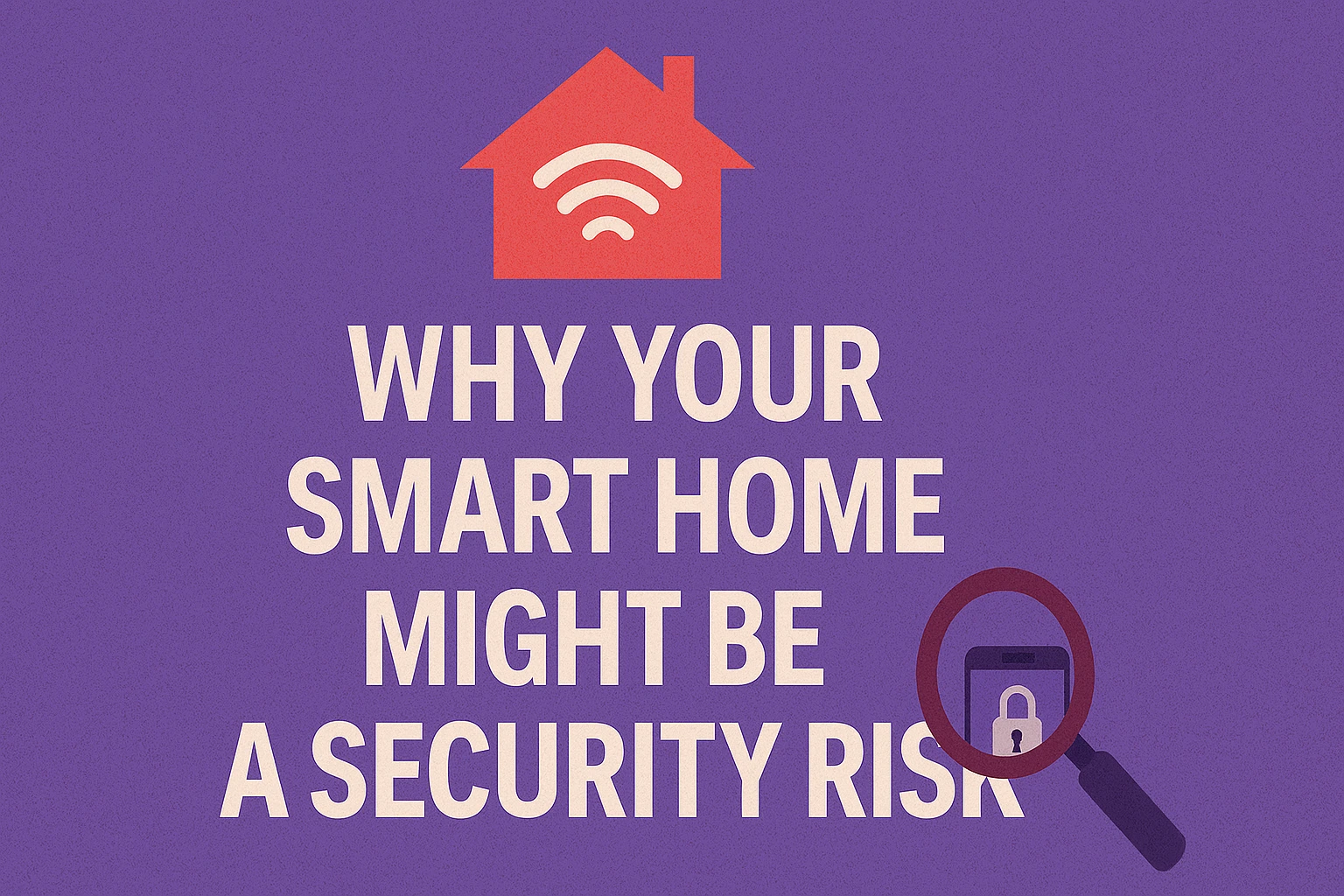The convenience of a smart home is undeniable. Imagine: lights that respond to your voice, doors that lock themselves, and thermostats that learn your preferences. We’re increasingly relying on these connected devices to simplify our lives, but in our pursuit of convenience, are we inadvertently opening the door to security vulnerabilities? The truth is, a poorly secured smart home can indeed pose a significant risk, not just to your privacy, but potentially to your physical security.
As smart devices multiply, so do the potential entry points for malicious actors. From smart cameras with weak passwords to insecure Wi-Fi routers, each connected gadget is a potential weak link in your home’s digital defense.
The Hidden Dangers: More Than Just Privacy
Many people focus on privacy concerns with smart speakers listening in, but the risks go deeper:
- Direct Access: A compromised smart lock could allow unauthorized entry.
- Surveillance: Hacked smart cameras or baby monitors could be used to spy on your family.
- Network Entry Point: An insecure smart bulb might be a stepping stone for hackers to access your entire home network, including your computers and financial data.
- Data Theft: Information collected by various smart devices (routines, locations, health data) could be intercepted and sold or used for identity theft.
The good news is that securing your smart home doesn’t require a cybersecurity degree. A few simple, actionable steps can significantly enhance your digital fortress.
5 Simple Steps to Secure Your Smart Home
1. Fortify Your Wi-Fi Router – It’s Your First Line of Defense: Your router is the gateway to your entire smart home. Change its default administrator username and password immediately. These are often generic and easily guessed. Use a strong, unique password for your Wi-Fi network itself (WPA3 or WPA2 encryption, never WEP). Also, consider creating a separate “guest” Wi-Fi network for your smart devices, isolating them from your main computers and sensitive data. This is often called a VLAN or IoT network.
2. Change Default Passwords (and Make Them Strong!): Every smart device comes with a default password (e.g., “admin,” “password123”). Change these immediately upon setup. Use unique, strong passwords for each device and service. A strong password combines uppercase and lowercase letters, numbers, and symbols, and is at least 12 characters long. Consider using a password manager to keep track of them all.
3. Keep All Your Devices and Apps Updated: Software updates aren’t just for new features; they often contain critical security patches that fix vulnerabilities. Enable automatic updates wherever possible for your smart devices, apps, and router firmware. Regularly check for manual updates if auto-updates aren’t available. An outdated device is an open invitation for hackers.
4. Understand and Limit Data Sharing: Before connecting a new smart device, read its privacy policy. Understand what data it collects and how it’s used. Can you limit data sharing in the app settings? If a device asks for permissions that seem excessive (e.g., a smart bulb wanting access to your contacts), question it. Turn off features you don’t use, like remote access if you never need it.
5. Disable Universal Plug and Play (UPnP) on Your Router: UPnP is a protocol designed for convenience, allowing devices to automatically discover and communicate with each other on your network. However, it can also create security holes by allowing devices to open ports on your router without your explicit permission. Most security experts recommend disabling UPnP on your router and manually configuring port forwarding if absolutely necessary for a specific service.
Securing your smart home isn’t about sacrificing convenience; it’s about enjoying technology responsibly. By taking these proactive steps, you can create a safer, more robust digital environment, ensuring your smart home remains a haven of innovation rather than a hub of vulnerability.
